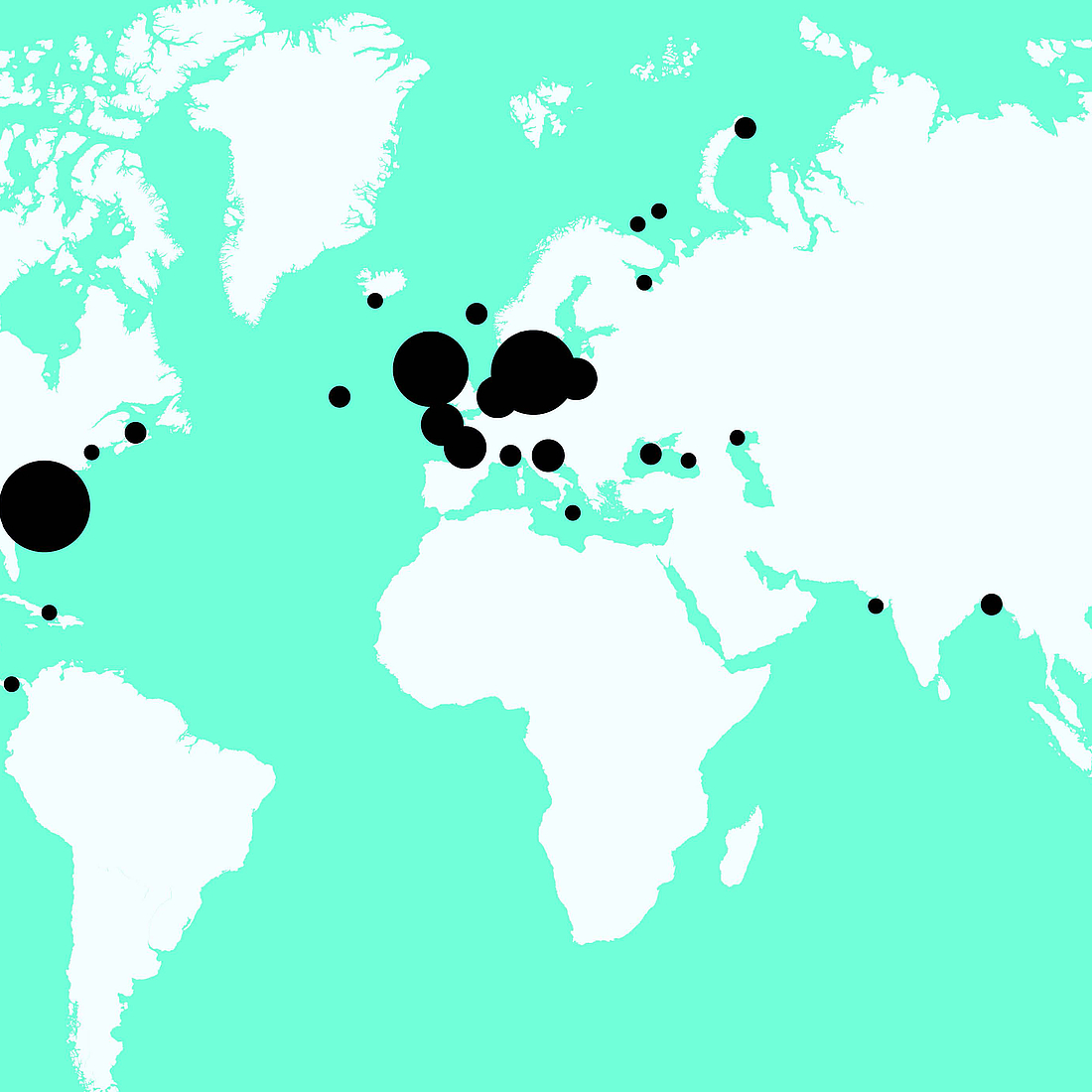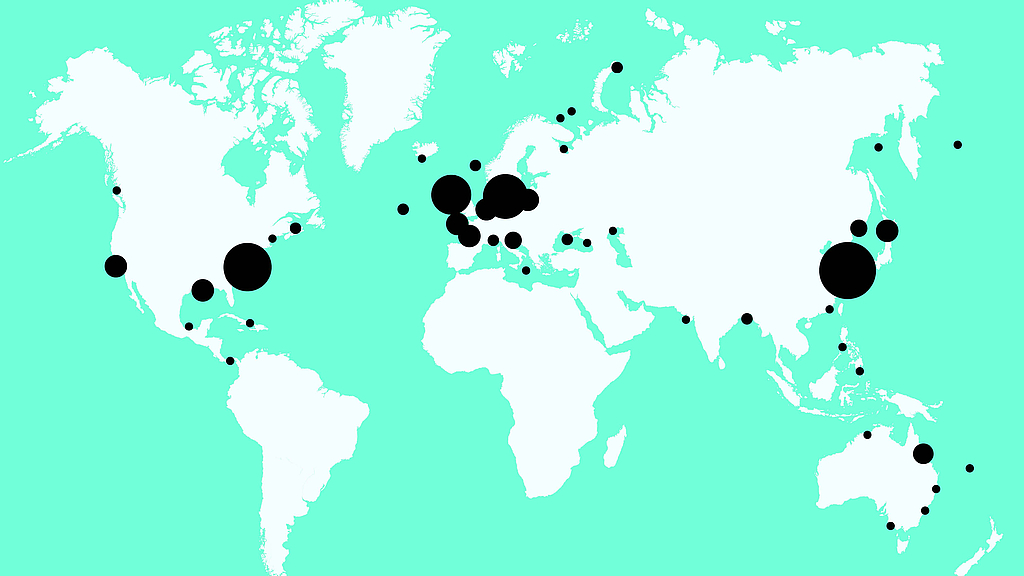War remnants in the seas – a problem across the globe
Wrecks and munitions from the last century’s wars are not just found in the North Sea and the Baltic, but also in the North Atlantic, the Mediterranean, the North American Pacific, the Gulf of Mexico, the Indonesian Sea, and the Pacific around Japan, Australia and Oceania.
In Australia, for instance, large stockpiles of chemical munitions were stored during World War Two.
After the war, some of this ordnance was incinerated on land, causing palpable environmental harm.
Disposal at sea, on the other hand, was considered a safe long-term solution for such munitions – as with the North Sea in Europe. Back then, the seas were viewed as a vast repository that could absorb endless quantities of pollutants. Australian coastal waters near Sydney and elsewhere thus still contain thousands of tonnes of chemical munitions.
In Canada, meanwhile, World War Two munitions were still being dumped at sea in the mid 1960s. Estimates suggest that there are more than 3,000 such dumpsites on the Canadian Atlantic coast alone.
Munitions were dumped by hand from a moving ship. As a result, they are sometimes scattered across large areas. Today, more is known about the chemical munitions disposed of at sea than about their more numerous conventional equivalents, which primarily contain carcinogenic TNT.
Hazardous remnants of war also remain a problem in places caught up in the war because of their colonial status. The Micronesian atoll of Chuuk, for instance, was used as a Japanese military base during World War Two due to its strategic location in the West Pacific.
In 1944, the US Air Force sank more than 50 Japanese ships at Chuuk, along with 4,000 Japanese soldiers. In the debate around wrecks as reminders of war and cultural heritage sites, however, little consideration has been given to the Micronesian perspective.
From a postcolonial point of view, another issue of relevance here is that of reparations. For Chuuk, that also means reparations for the ecological impacts of submerged wrecks; after all, the oil and munitions that went down with them can continue to damage the environment even decades after the end of the two world wars. The same applies in many other places around the world.
Further literature
Beck, Aaron J, Martha Gledhill, Christian Schlosser, Beate Stamer, Claus Böttcher, Jens Sternheim, Jens Greinert, und Eric P Achterberg. 2018. „Spread, behavior, and ecosystem consequences of conventional munitions compounds in coastal marine waters“. Frontiers in Marine Science 5: 141, https://doi.org/10.3389/fmars.2018.00141 (open access).
Jeffery, William. 2007. „War graves, munition dumps and pleasure grounds: a postcolonial perspective of Chuuk Lagoon’s submerged World War II sites“ (Dissertation), James Cook University (AUS), https://researchonline.jcu.edu.au/2068/ (open access).
Neimanis, Astrida. 2020. „‘The chemists’ war’in Sydney’s seas: Water, time, and everyday militarisms“. Environment and Planning E: Nature and Space 4 (2), doi: https://doi.org/10.1177/2514848620904276.
Souchen, Alex. 2018. „Something fishy? Underwater munitions and unexplained die offs in marine environments“. International Journal of Maritime History 30 (2): 355–61, https://doi.org/10.1177/0843871418762346.
Partner
-


